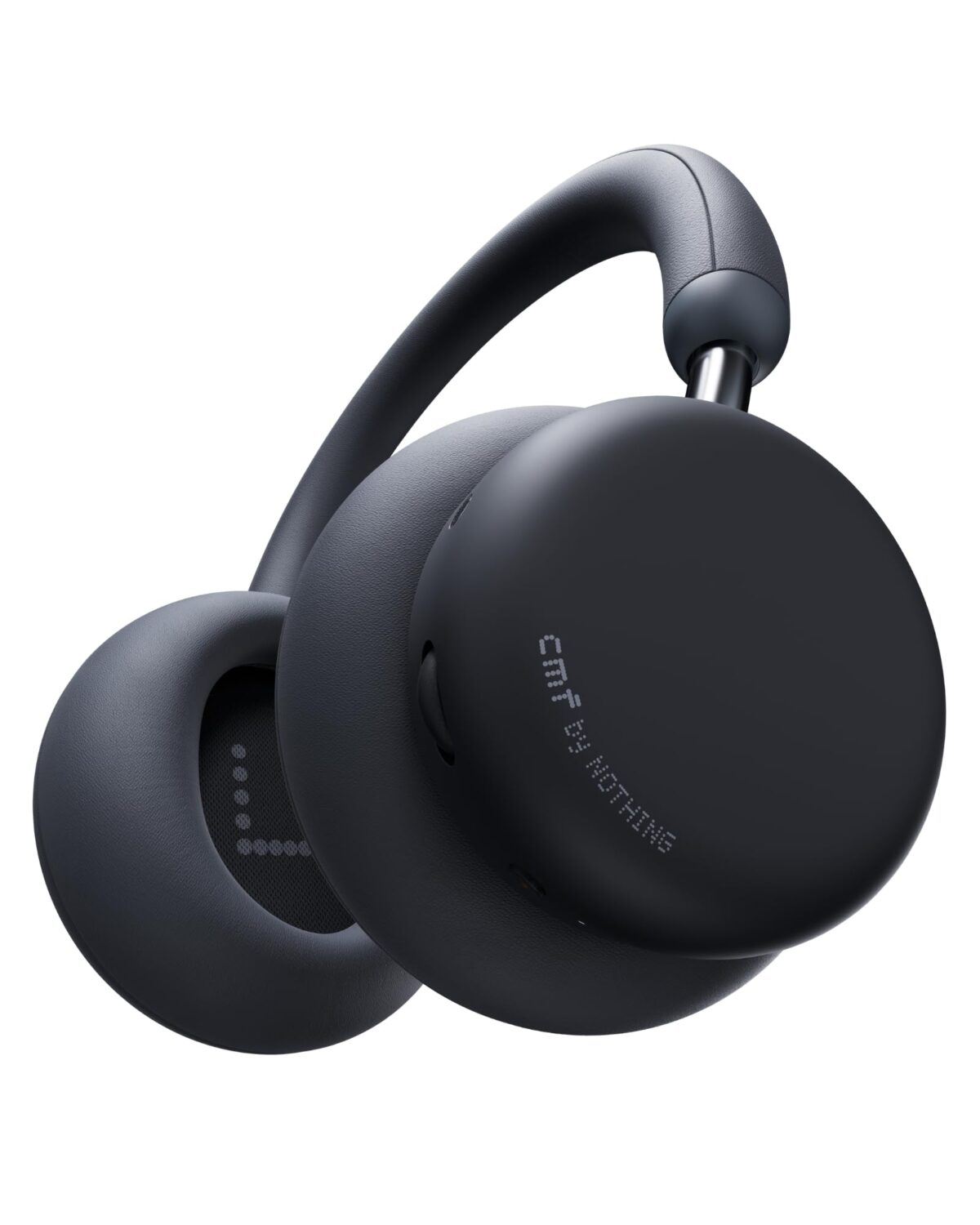REVIEW: Segway Max G3 electric scooter offers elegance and strength for urban travelers
We independently review everything we recommend. When you buy through our links, we may earn a commission which is paid directly to our Australia-based writers, editors, and support staff. Thank you for your support!
Brief Overview
- Segway Max G3 is a premium e-scooter crafted for city commuting.
- It boasts a robust 2000W motor and can travel up to 80km.
- Features dual-hydraulic suspension for a comfortable ride across different terrains.
- Comes with enhanced safety elements such as dual brakes and SegRide Stability Enhancement.
- Showcases a high-end design with a durable frame that supports up to 130kg.
- Available for sale in Australia, starting at A$1,999.
Design
The Segway Max G3 presents a stylish yet sturdy design aimed at dedicated commuters. Its professional black/grey/red color palette radiates elegance without being overly flashy. The reinforced frame accommodates up to 130kg, making it suitable for a wide range of users. An expansive deck guarantees comfortable foot placement, while the built-in handlebar controls enhance usability.
Deck
The Max G3 offers a notably wide deck for exceptional rider comfort, particularly during extended commutes. The open angle toward the rear wheel guard further boosts the ergonomic design, easily catering to larger foot sizes.
Suspension
With dual-hydraulic suspension, the Max G3 skillfully absorbs bumps from uneven terrain, ensuring a steady and smooth ride. The customizable suspension settings allow riders to tailor their experience to personal preferences and road conditions.
Wheels
Outfitted with 11-inch wheels, the Max G3 significantly enhances off-road performance and rider comfort. The self-sealing tires lower the chances of punctures, while the larger contact patch and diameter improve traction and braking efficiency.
Enhanced Brakes
The twin front and rear brakes provide superior stopping power, ensuring safety and reliability. The red-accented brake cables integrate seamlessly with the overall design aesthetic.
Controls
The Max G3 features a comprehensive D-pad control system, facilitating easy management of scooter functions, including indicators and lighting. The built-in spotlight boosts visibility in low-light conditions, adjustable to avoid dazzling oncoming drivers.
Display
The 2.4-inch color Smart TFT display ensures clarity of speed, battery levels, and riding modes. It also supports real-time updates and notifications, improving the connected riding experience.
Transportation
Although the Max G3 is a durable model, its size may present challenges for transport in smaller vehicles. The wide handlebars enhance riding comfort but need careful consideration for car storage.
Performance
The Max G3 excels in performance with its 2000W motor, reaching a top speed of 25km/h in just 2.4 seconds. Its remarkable torque enables tackling inclines of 30%, typical in Australian urban areas. The large battery provides a range of up to 80km, allowing flexibility for daily travel.
Features
SegRide Stability Enhancement
This feature guarantees exceptional grip and stability on loose or wet terrains, boosting rider safety.
Long Range and Rapid Charging
The Max G3’s 597Wh battery, paired with fast-charging functionality, promotes efficient usage and quick recharge times, enabling up to 80km of travel on one charge.
Advanced Suspension
The scooter’s front and back hydraulic suspension system offers car-like comfort over rough surfaces, setting a higher standard in e-scooter design.
Apple Find My / AirLock system
Compatibility with Apple Find My and Bluetooth locking enhances security and convenience, allowing for easy tracking and automatic locking/unlocking based on proximity.
Pricing and Availability
The Segway Max G3 retails for A$1,999 in Australia. It can be ordered directly from Segway Australia’s official website.
Conclusion
The Segway Max G3 raises the bar for electric scooters, merging elegance with power for urban commuters. Its sophisticated features, sturdy construction, and impressive capabilities make it a leading choice for those in search of a dependable and efficient commuting solution.










